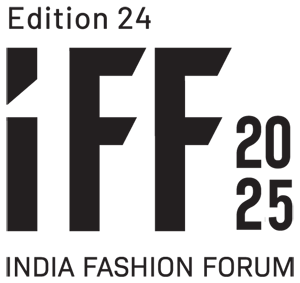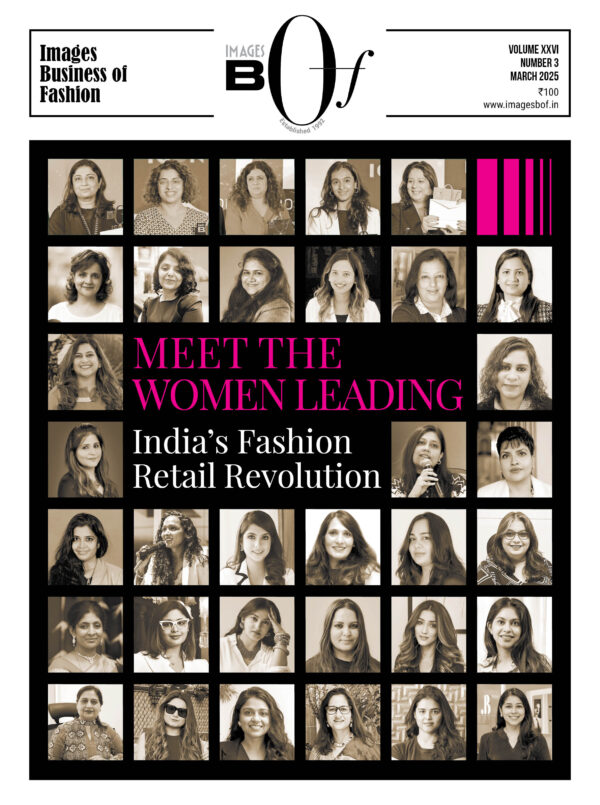
Samrat Puri, a New Delhi-based professional chef, said he usually shops at a Uniqlo store once or twice every month, splurging on an average of Rs 8,000-Rs 15,000, depending on his visits each month. “I prefer my jackets, night tees as well as my shirts coming in from Uniqlo,” said the 25-year-old chef. “The place is pocket-friendly and the variety is great.”
Similarly, education counsellor Mahima Baruta, said she often shops at Uniqlo stores in New Delhi. One evening, just before the New Year, she was at the Uniqlo store at DLF Avenue Mall in Saket, New Delhi purchasing a fleece jacket for herself.
Thanks to consumers like Puri and Baruta, Uniqlo is off to a good start in India, a market that the Japanese brand considers its top future market for potential growth.
Pricing strategy
Spain’s Zara and Sweden-based Hennes & Mauritz (H&M) had slashed their prices by up to 10% when they entered India before Uniqlo. But the Japanese brand adopted an entirely opposite entry strategy for India: It had rather increased its prices by up to 25%.
The strategy seems to have paid off. Thanks to the growing popularity of the brand in India, coupled with its pricing strategy, Uniqlo has turned profitable in India in less than three years of rolling out its first store in New Delhi. The largest Japanese fashion brand saw profitability in the third year despite its India entry being marred by Covid19-induced lockdowns and disruption as the pandemic struck India barely months after Uniqlo opened its first store in the capital in October, 2019.
Uniqlo India reported a profit of Rs 21.4 crore for the fiscal year ending March 2022 compared to a loss of Rs 36.1 crore in the previous financial year. The Japanese retailer’s India sales jumped 63% year on year to Rs 391.7 crore in 2021-2022.
In a 2019 interview with an Indian newspaper, Tadashi Yanai, the founder of Fast Retailing, the company that owns Uniqlo, had termed India as the “most exciting market in the world” for Uniqlo and called it “number one” nation in terms of potential for the Tokyo-based fashion brand. “Uniqlo has been very successful in India,” said Harminder Sahni, founder of retail consultancy Wazir Advisors. “They are performing very well if we go by their store-level data.”
Sahni said Uniqlo figured among the top fashion brands in an unaudited consumer survey his firm had conducted recently for a private equity client. “Consumer recall is very high for Uniqlo,” Sahni said.
Cluster approach
Market watchers said Uniqlo’s calculated approach of cluster opening in one region of a vast country like India also helped the company. Since its entry into the country, Uniqlo has opened nine stores in India, all in the northern region. Last year, Uniqlo also introduced smaller format stores in India in the range of 10,000-15,000 sq. ft.—most of its earlier stores were in the range of 20,000-35,000 sq. ft.
Uniqlo currently operates seven outlets in the National Capital Region (or NCR as Delhi and its suburbs are collectively known) and one each in Lucknow and Chandigarh. Next, Uniqlo plans to open stores in a cluster approach in the Western Indian cities of Mumbai and Pune. IndiaRetailing.com, a sister platform of BoF, had reported Uniqlo is either in talks or has signed spaces with two malls in Mumbai including Phoenix Palladium Mall and the upcoming Oberoi mall in Borivali East. Also, the Asia’s largest fashion brand is in talks for a store space with the upcoming Phoenix Mall of Asia in Bengaluru that would be home to a wide array of retailers from luxury brands like Louis Vuitton, Salvatore Ferragamo and Canali among other top-end labels to mass market Indian and global brands.
“What I can say is that we are looking for our next big market, which could be in Delhi but also in Mumbai, Bangalore, Pune, Chennai and Kolkata – tier1. We are always looking for an opportunity,” Tomohiko Sei, chief executive officer of Uniqlo India said in an interview. Uniqlo is “always looking for an opportunity across India. We want to expand our business to distribute the values to our customers in other cities (as well). So, for us, both retail and e-commerce remain our priority,” he added.
Expansion strategies
India expansion strategies have been different for different top global fashion brands. While H&M, that had entered India in 2015, has adopted an aggressive strategy and has opened 49 outlets in the country, rival Zara has had a relatively measured approach and has rolled out only 21 outlets in India since its arrival here 12 years ago. Lately, both H&M and Zara are not just expanding their portfolios in other categories like beauty and home products, but are also planning to bring other brands from their groups’ portfolios to the country. IndiaRetailing.com had reported Zara is in talks with malls to bring its youth brand Bershka to India and H&M is exploring possibilities to bring its brand COS here.
Sei said Uniqlo will adopt a different expansion strategy from its global rivals. “Our expansion strategy is not related to other players. We have our own strategy. Then, the brand character is different from each other. I believe, H&M is aggressive in its store expansion and Zara is more premium,” Sei said. “Yes, if we decide to open in other cities – we can do that aggressively but our priority remains quality – as to how much can we control operations in each market. This is important for us and we want to make that right.”
India performance
Arjun Gehlot, director of mall operator Ambience Group, said he often gets calls from friends and relatives asking him to help them get Uniqlo products whenever some particular items of the Japanese fashion retailer either go out of stock or those consumers don’t get their sizes or styles.
“Uniqlo appeals to every age group,” said Gehlot, whose two Ambience malls in Vasant Kunj in New Delhi and Gurgaon are home to Uniqlo’s stores. “They are known as a daily utilitarian brand … more of a functional wear and their functionality is unparalleled.” Gehlot said Uniqlo is among the top performers at the two malls in New Delhi and Gurgaon. In 2019, Uniqlo made its India debut from Ambience Mall in Vasant Kunj in New Delhi with a 35,000 sq ft store spanning over three floors.
“Uniqlo is doing phenomenal in Ambience Vasant Kunj and doing very well in our Gurgaon mall,” Gehlot said. Like most of the prominent malls in India, Ambience has revenue-sharing arrangements with brands and the mall operator has access to sales figures of all the brands and restaurants. “Some months, Uniqlo is ahead of rivals (in terms of business in his malls)…sometimes its neck-in-neck. So, it’s a healthy competition,” Gehlot added.
A CEO of a global fashion brand said Uniqlo is yet to encounter a challenge in India as they have so far rolled out stores only in the north, a conducive market for big-ticket winter items that Unqilo is heavy on. “The challenge will be when they open stores in the rest of India and the question is whether they can replicate the north (sale) numbers,” the chief executive said asking not to be identified.
However, Sahni of Wazir Advisors said Uniqlo has a wide array of choices of clothing and their durability will appeal to consumers wherever they go in India.
A 2021 report by retail intelligence firm Edited said almost 28% of Uniqlo’s assortment are priced under $10 bracket.
“That firmly puts its focus on value – strikingly different to Zara which dominates the $20-$40 interval,” the report said. “Just 10% of its men’s and women’s assortment is priced over $50 at Uniqlo, compared to 18% at fashion-driven Zara. H&M also focuses on value but places less emphasis on the very lowest price point.”
So that places Uniqlo in a sweet spot courting India’s legions of value seeker customers, experts said. India has a long way to go—and brands have a greater opportunity to conduct business—in terms of per capita spending on clothing. India’s per capita spending on clothing is $58, according to Wazir Advisors. That is on the lower side compared to other large economies and it is currently about one third of China’s more than $150 and a far cry from Japan’s around $800 or more than $1,000 in the US.
However, retailers and brands bet that India is bound to substantially close the gap as the per capita income of its citizens is set to surge in the coming years. Experts said India’s overall retail market of $850 billion is set to swell to $1.3 trillion in the next four-five years, that will set off the next phase of greater consumption here. More than half of India’s population is below the age of 30 and that generation is splurging on everything from food to fashion.
So Uniqlo is here in India for a long haul, they said. “India has a very big potential to grow as a fashion market,” Sei of Uniqlo India said. “Maybe, two factors—India is a big country and at the same time, it is very young (in terms of its population).”
*The article was first featured in the January, 2023 issue of Images Business of Fashion








